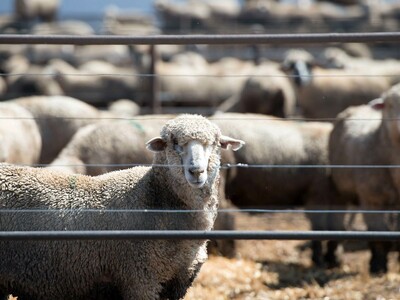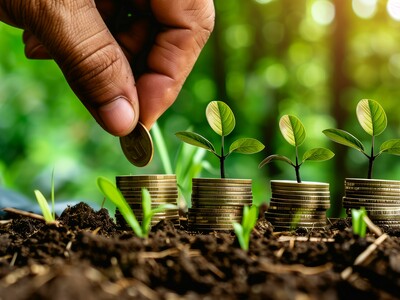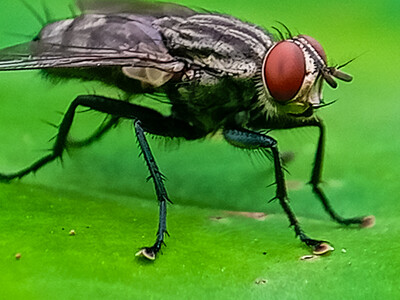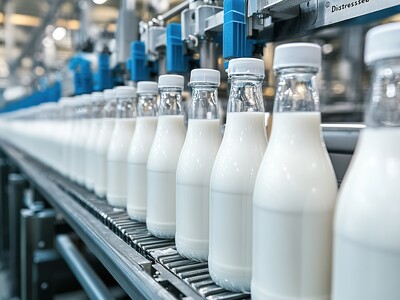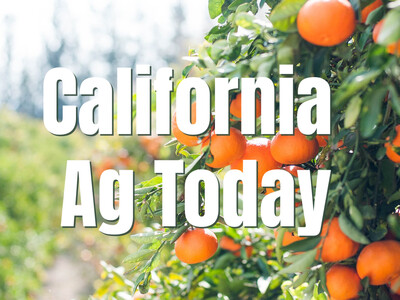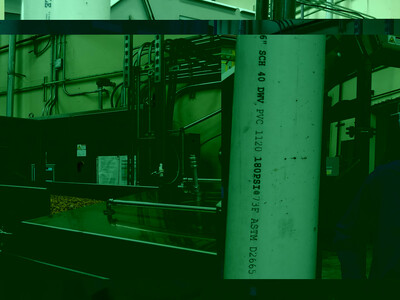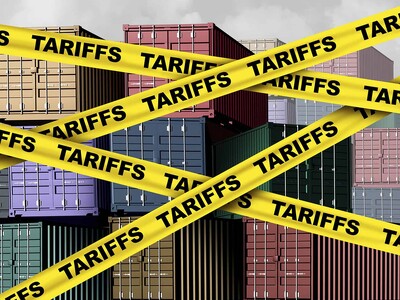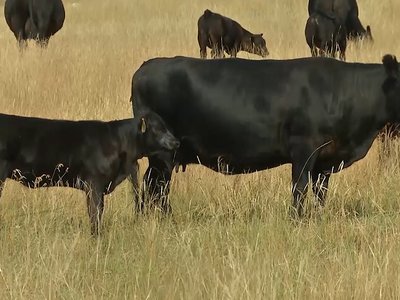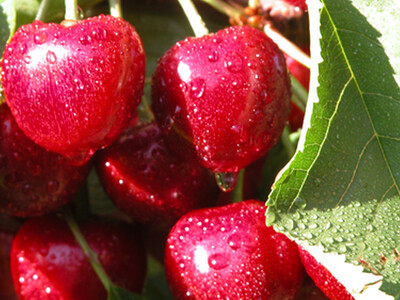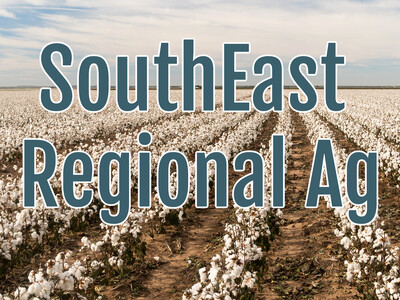Green Power House Update

Green Power House Update. I’m Greg Martin as Line On Agriculture presents the Harvest Clean Energy Report.
Last year we had a conversation with Steve Corrick, Communications Coordinator for Algae Aquaculture Technology about what they call the Green Power House.
CORRICK: The Green Power House is the product of Algae Aqua-Culture Technology and we have built the Green Power House with a US Recovery Act Grant on the Stoltze Lumber Mill site in Columbia Falls (MT). The reason we built it there is they have a huge amount of extra woody biomass. (For your farm folks, the Green Power House can also be operated using waste from agricultural operations.) But what we’re able to do with that is to basically, without any outside input of energy, to create a huge amount of organic fertilizer per month and per year.
That fertilizer is created by growing algae, that concentrates nitrogen and carbon, in algae ponds inside the Green Power House.
CORRICK: Then we combine it in an anaerobic bio-digestion process with wood chips or ag waste as well as bio-char--which is the stabilized form of carbon that we produce as well. The advantage for farms is this gives you a 12-month production cycle and you can produce a product virtually every single day of the year.
All this takes place on about a sixth of an acre of land. The 5000-square-foot, 50-foot high facility also contains about a half acre of year-round growing space for crop research, starters, seedlings and for high-value winter vegetable and flower production.
Corrick says there is a second plus to the operation.
CORRICK: It’s basically self energizing and creates enough energy so that a lot of the energy costs that farms would otherwise be paying a third party for can be produced on the farm. So you have a greenhouse without the tremendous energy cost ordinarily associated with having a greenhouse. The greenhouse also produces a lot of other energy products; electricity, a lot of biogas, some biofuel, and a lot of heat that can be used to help run the other ag operations that you need to keep your operation going.
Algae has been a very popular topic lately and Corrick says you can even use it to produce a feed supplement for livestock.
CORRICK: We’re basically helping people make money from what’s considered a couple of waste streams. The ag waste stream or the wood waste stream are obvious ones but carbon dioxide is also another waste stream. There’s a lot of it in the atmosphere...it’s free...and it can be used to create good, new, rich farmland for your farm at a profit while producing a product that can be sold to other people.
Learn more at algaeaqua.com and for additional information on clean energy, visit harvestcleanenergy.org. That’s today’s Line On Agriculture. I’m Greg Martin on the Ag Information Network.
www.harvestcleanenergy.org





